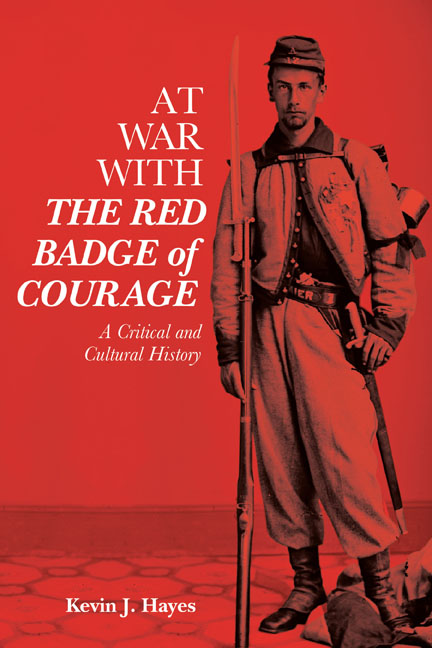2 - Red Badge in the Trenches
Published online by Cambridge University Press: 24 November 2020
Summary
The First World War or the Great War, as it was called before anyone knew there would be a second, is best known to history as the war fought from the trenches. Trench warfare, an arduous method of combat, took months of fighting to gain inches of ground, every gain coming with a terrible loss of life. Though renowned for this painstaking form of warfare, World War I began at a breathless pace. On 28 July 1914, a month after the assassination of Austrian Archduke Franz Ferdinand at Sarajevo, Austria-Hungary declared war on Serbia. On 1 August Germany, Austria-Hungary's ally, declared war on Russia and, two days later, on France. On 4 August Germany invaded Belgium with the intent to outflank the French army. That same day Great Britain declared war on Germany and, a week later, on Austria-Hungary.
The opening events of World War I happened so quickly that people found themselves scrambling to understand what the war meant. Four days after Britain declared war on Germany J. C. Squire, who wrote under the pen name Solomon Eagle, told the readers of New Statesman, “I suppose people will soon be reading books about war.” Solomon Eagle's sardonic tone reflects Squire's equivocal attitude, which his recommended books reinforce. They include Tolstoy's War and Peace, Zola's La Débâcle and Crane's Red Badge of Courage. Solomon Eagle concludes, “This is not a systematic list, but it gives enough to cure anybody of a taste for war.”
The following week a regular correspondent of the Aberdeen Daily Journal made similar recommendations in “London Letter”: “War is a great ‘popular educator,’ and books on war and allied subjects are booming just now. Several generations ago this literature would have been mostly of the very technical order. The present tendency is to ‘sink the pill in jam,’ and, accordingly, it is the fashion to assimilate hard facts in a ‘coating’ of fiction. People want to ‘realise’ the war.” The current fashion for war fiction gave people another excuse to read or, in many cases, reread The Red Badge of Courage. Listing several books that would interest wartime readers, this newspaper correspondent included both La Débâcle and Red Badge. With the onset of war a new generation found relevance in Crane's novel.
- Type
- Chapter
- Information
- At War with The Red Badge of CourageA Critical and Cultural History, pp. 37 - 62Publisher: Boydell & BrewerPrint publication year: 2020

